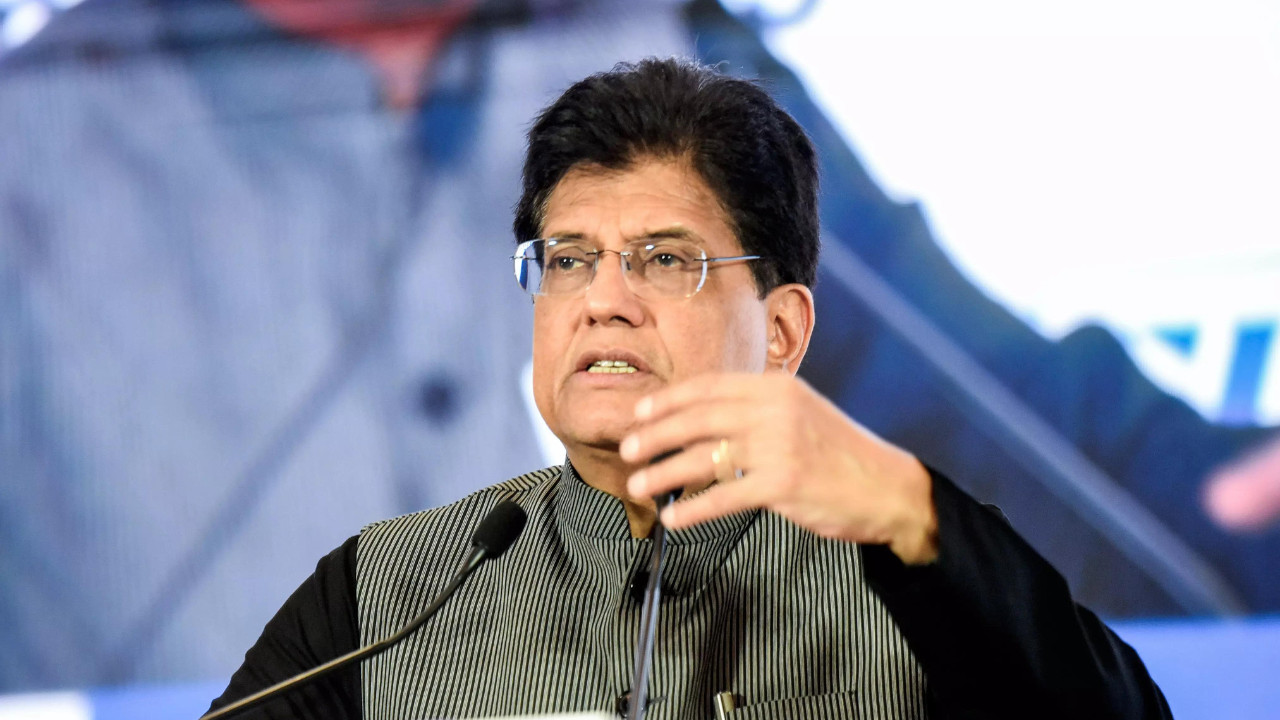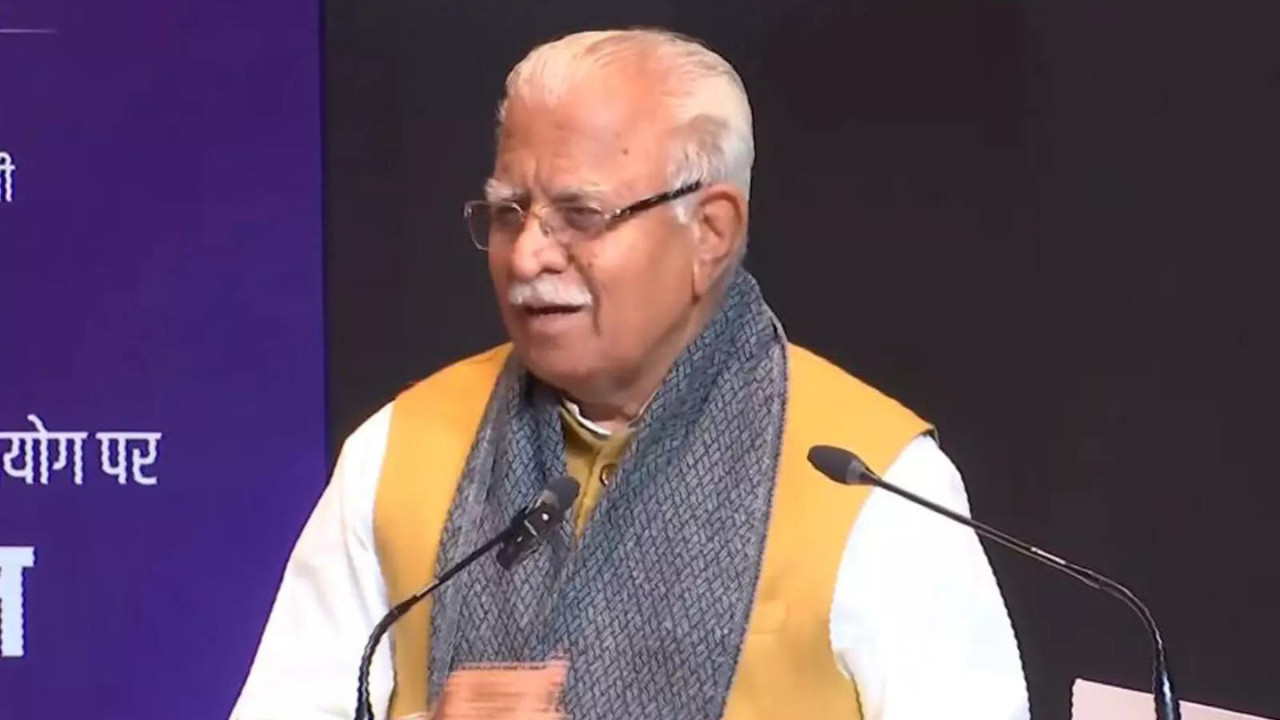Indian retail investors faced significant losses in equity futures and options during fiscal year 2025, totaling approximately Rs 1.06 lakh crore, a 41% increase from the previous year. Despite a slight decrease in derivatives volumes following regulatory changes implemented by SEBI, around 91% of retail investors continued to lose money in this segment.
The Great Indian Retail Rethink: What’s Happening to Futures & Options?
Remember the heady days when everyone seemed to be making a killing on Futures and Options (F&O) trading? Well, the party seems to be winding down, at least for a significant chunk of retail investors. New data reveals a rather sobering truth: retail traders in the F&O market collectively lost a staggering ₹1.1 lakh crore in fiscal year 2025, marking a jaw-dropping 41% increase from the previous year. That’s a lot of chai money gone up in smoke.
So, what’s behind this dramatic shift? Are amateur investors suddenly losing their touch, or are there deeper forces at play reshaping the F&O landscape? Let’s dive in.
The Numbers Don’t Lie: A Deep Dive into Retail F&O Losses
The figures, meticulously compiled, paint a stark picture. While the overall F&O trading volume might be booming, the profits aren’t trickling down to the average retail trader. The study revealed that a large percentage of active retail traders end up on the losing side. The increased losses highlight the inherent risks involved in derivative trading, especially for those who might not fully grasp the complexities involved. The lure of quick riches often overshadows the potential for substantial losses, leading many down a path of financial disappointment.

This isn’t just about a few bad trades; it’s a systemic issue. The data suggests that many retail participants are drawn into the F&O market without adequate knowledge, experience, or risk management strategies. They’re essentially playing a high-stakes game of poker with limited understanding of the rules.
Why Are Retail Traders Struggling with F&O Trading?
Several factors contribute to this concerning trend. First, the sheer complexity of the F&O market can be overwhelming for newcomers. Understanding concepts like options Greeks, implied volatility, and margin requirements requires dedicated study and practical experience. Jumping in without this foundational knowledge is akin to navigating a maze blindfolded.
Second, the prevalence of readily available trading tips and “expert” advice on social media can be misleading. Many of these tips are either outright scams or based on flawed analysis, leading unsuspecting traders down the wrong path. The herd mentality, driven by fear of missing out (FOMO), further exacerbates the problem, as individuals blindly follow the crowd without conducting their own due diligence.
Third, the easy accessibility of margin trading can be a double-edged sword. While it allows traders to amplify their potential profits, it also magnifies their losses. Many retail traders overleverage their positions, exposing themselves to catastrophic risks when the market moves against them. A small market correction can wipe out their entire capital in a matter of hours.
Finally, algorithmic trading and high-frequency trading (HFT) firms often have a significant advantage over retail traders. These sophisticated players use advanced technology and complex algorithms to exploit market inefficiencies and generate profits. Retail traders simply cannot compete with these powerful forces on a level playing field.
What Can Be Done to Protect Retail Investors?
The rising losses in retail F&O trading raise serious questions about investor protection. Regulatory bodies may need to consider stricter measures to ensure that retail participants are adequately informed about the risks involved and are not being misled by unscrupulous advisors. This could include mandatory educational programs, stricter margin requirements, and increased oversight of social media trading tips.
Brokerages also have a responsibility to provide their clients with access to quality research and educational resources. They should discourage excessive risk-taking and promote responsible trading practices. After all, a sustainable trading ecosystem benefits everyone in the long run.
Ultimately, success in the F&O market requires discipline, patience, and a healthy dose of skepticism. It’s not a get-rich-quick scheme, but a challenging and demanding arena where only the most prepared and resilient survive.
The Future of Retail F&O: A Call for Caution
The data on retail F&O losses serves as a stark reminder of the risks involved in this market. While the potential rewards may be tempting, the odds are often stacked against the average retail trader. A greater emphasis on investor education, responsible trading practices, and regulatory oversight is crucial to protecting vulnerable individuals from financial ruin. The future of retail participation in the F&O market hinges on creating a more level playing field and empowering investors to make informed decisions.







